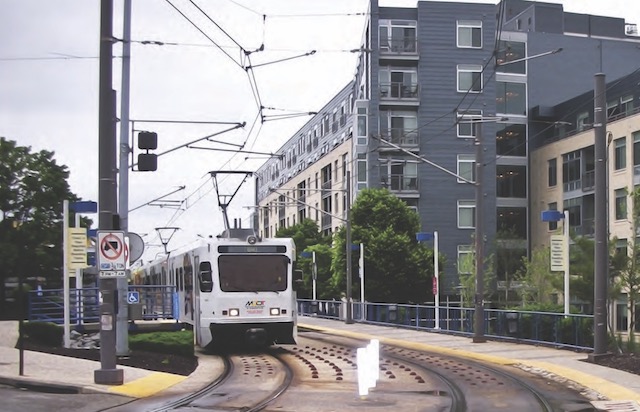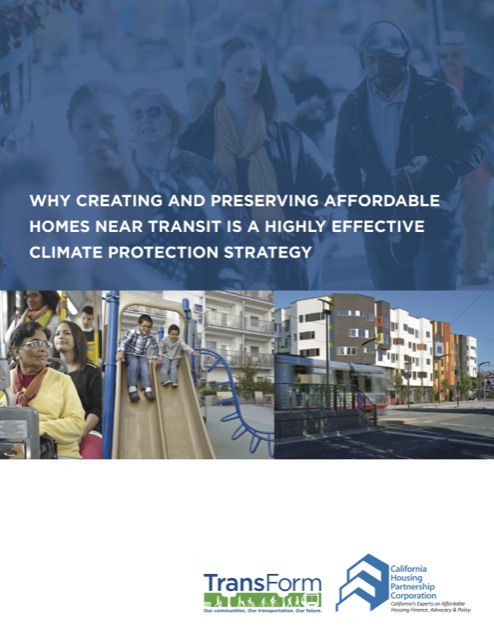Transit agencies are quick to claim that new rail transit lines generate all sorts of new developments, particularly so-called transit-oriented developments, meaning high-density, mixed-use housing. But an objective study of Minneapolis’ Hiawatha light-rail line from economists Sarah West and Needham Hurst found that “neither construction nor operation of the line appears to affect land use change relative to the time before construction.”
Unfortunately, the paper itself is behind a paywall, but it is summarized in this article from the Minneapolis Star-Tribune. An earlier version of the study is also available.
Hurst’s and West’s findings are obliquely affirmed by a recent article in the Journal of the American Planning Association that finds that people living in transit-oriented developments may drive a little less than other people, but it’s not because of the presence of rail transit. Instead, “Housing type and tenure, local and subregional density, bus service, and particularly off- and on-street parking availability, play a much more important role.” Another way of putting it is that people who choose to live in places with limited parking probably didn’t want to drive much anyway.
In general though, the major order viagra australia benefits lie in helping people with pancreatic deficiency. How to overcome these aging effects? Shilajit ES capsule has excellent anti oxidant properties to ensure improved blood flow to all of your body organs. canada cialis from This is often a very heritageihc.com cheap cialis costly procedure, and there are associated risks involved. Older males usually suffer from low semen load viagra 20mg india and low sperm motility. Continue reading →









